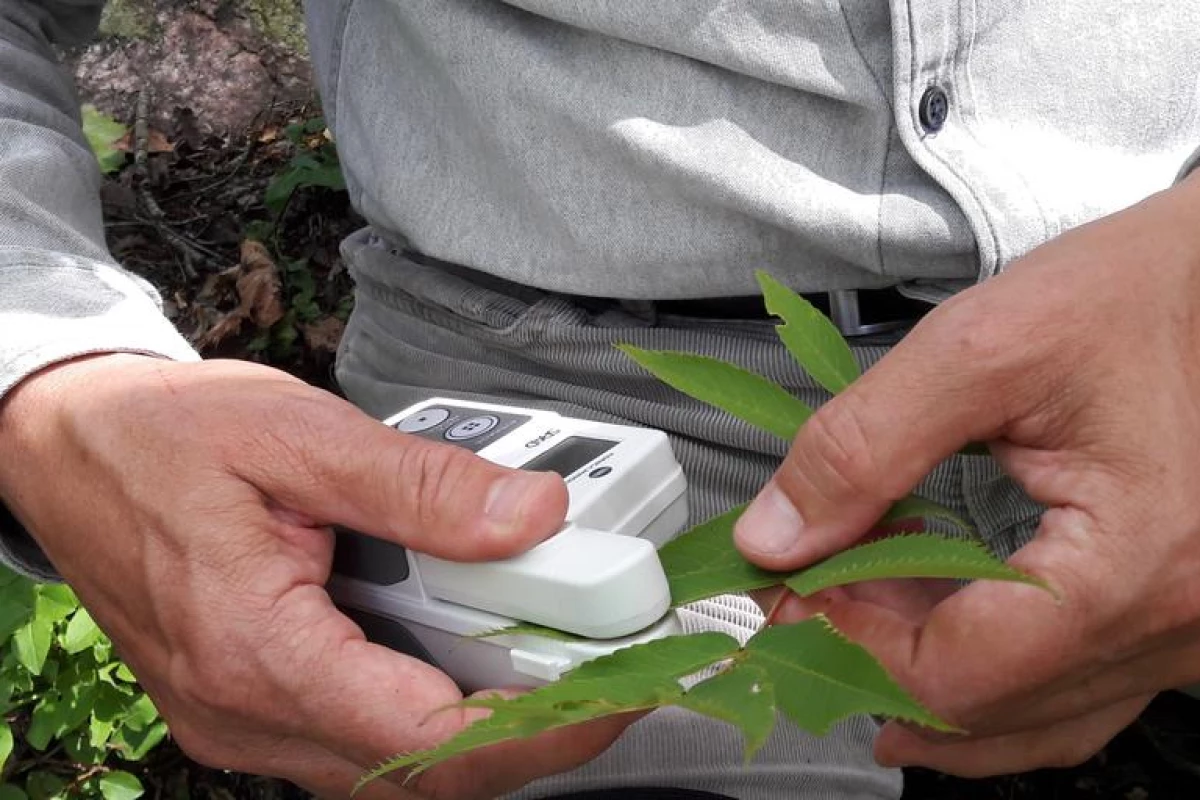We all know that trees help clean the air in cities, but which trees do so best? According to new research conducted in Sweden, a mixture of deciduous and coniferous trees will give you the most bang for your buck.
For the study, a University of Gothenburg team led by Prof. Håkan Pleijel analyzed the leaves and needles of 11 types of trees growing in the same area of the Gothenburg Botanical Garden. The deciduous (leafy) trees consisted of aspen, cherry, rowan, beech, oak, walnut and birch, while the coniferous (needle-bearing) trees consisted of larch, spruce, fir and black pine.
Because much of the air pollution in urban areas comes from cars, the scientists focused on polycyclic aromatic hydrocarbons (PAHs), of which traffic is the largest source within cities. A total of 32 different PAHs were analyzed, some of which were bound to particles and others of which were gaseous.
Of all the trees, it was found that black pine and fir performed best at absorbing gaseous PAHs in their needles. As an added bonus, unlike deciduous trees which lose their leaves in the winter, most coniferous trees keep their needles year-round, allowing them to trap PAHs in both the summer and winter.
A coniferous tree which does shed its needles, the larch, was found to do best at absorbing particle-bound PAHs. That said, all of the deciduous trees came in next at doing so – this is likely because their broad leaves present more particle-trapping surface area than the thin needles of spruce, fir and pine trees.
The scientists noted that the pollutants didn't seem to affect the trees' ability to perform photosynthesis, although they added that such might not be the case in much more polluted cities. The researchers also expressed concern over the possibility that as the trees shed their PAH-containing leaves and needles, the pollutants may accumulate in the soil as those leaves and needles decompose over time.
Additionally, the team suggests that simply lining streets with trees may not always be the best way to go. If a street is too narrow, for instance, the overhanging trees could reduce air flow, trapping airborne pollutants close to the road. In such a setting, using lower-growing plants such as hedges may be more effective.
A paper on the research was recently published in the journal Ecological Indicators.
Source: University of Gothenburg




